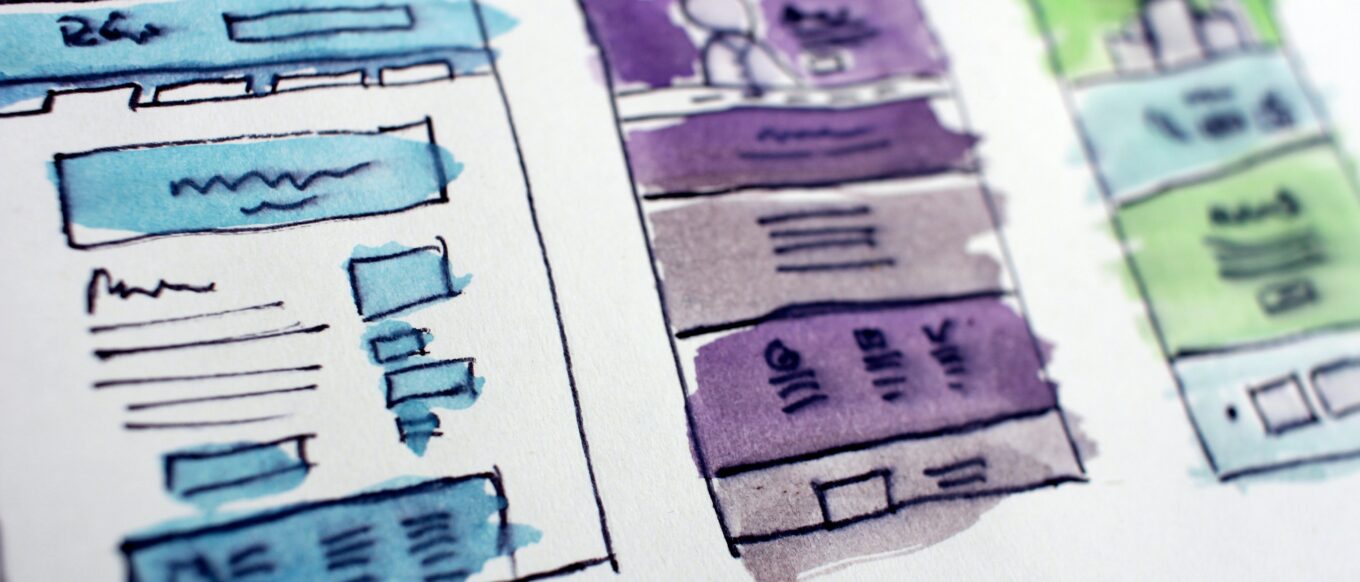Most people hear the words “design system” and switch off. They imagine endless Figma libraries, tokens, and grids. Boring, right? But here’s the truth: a great design system isn’t about buttons — it’s about momentum.
It’s what stops teams from rebuilding the same thing over and over. It’s what lets a small design team deliver like a big one — fast, consistent, and confident.
The Chaos Before the System
If you’ve ever worked without a design system, you know the pain. Every page looks slightly different. Spacing shifts. Colours multiply. Developers ask for assets you’ve already sent twice. Before long, your “product” feels more like a patchwork quilt than a platform.
That chaos drains energy. When design feels inconsistent, users lose trust — and so do teams.
The Turning Point
Every solid design system starts with one realisation: we can do better. You fix one layout. You define one token. You start aligning on naming and logic. Then it grows.
Patterns take shape. Design and development begin speaking the same language. Suddenly, everything just flows. It’s like cleaning out a cluttered garage — once the space is clear, you can finally move again.
What It Really Delivers
A design system isn’t just documentation. It’s transformation.
- Speed – Reuse instead of rebuild.
- Consistency – Everything looks and feels aligned.
- Accessibility – WCAG standards baked in from the start, not bolted on later.
- Scalability – Add new features and products without chaos.
It’s structure that empowers creativity, not limits it.
Building It Right
A healthy system lives at the intersection of design, code, and culture. It’s not just components — it’s how people work together. Naming conventions matter. Version control matters. And collaboration is everything.
Developers often shy away from design systems at first. They see extra tickets, more meetings, and another “design thing” to maintain. But once the groundwork is set, everything speeds up. No more one-off CSS fixes. No more mismatched buttons. Build once, reuse everywhere — and that’s when the time saved really starts to show.
When that alignment clicks, teams stop debating pixels and start solving problems. Delivery gets faster. Quality improves. Everyone wins.
The Real Value
The power of a design system isn’t what’s in it — it’s what it enables. It frees designers to innovate with confidence. It gives developers clarity to build without guesswork. And it gives users a sense of familiarity and trust that makes every interaction smoother.
That’s not boring. That’s design at its best.
